Arizona is famous for two things: the Grand Canyon and its extreme temperatures. The highest temperature ever recorded in Arizona was 128 degrees Fahrenheit in 1994 at Lake Havasu. In contrast, the coldest temperature ever recorded was -40 degrees at Hawley Lake at 8200 feet in the White Mountains. To grow vegetables in these extreme temperatures is definitely a feat to pull off. What are some of the vegetables that can grow in Arizona’s extreme weather?
In this article, we will discover some of the best vegetables to grow in Arizona and how to care for them.
1. Chili Pepper
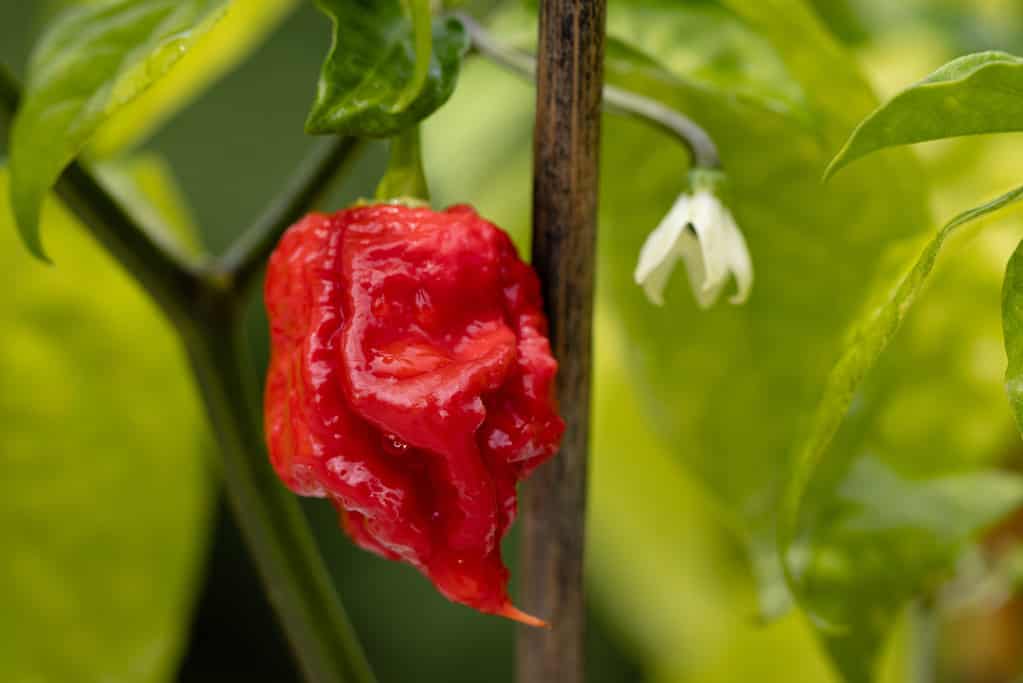
Just as hot as the climate, chili peppers are one of the best vegetables to grow in Arizona.
©iStock.com/Wirestock
Chili peppers are the perfect vegetable to grow in the heat and scorching sun of Arizona. They can withstand the heat and thrive well in the dry climate of Arizona. They are susceptible to sun scald, though, so keep that in mind!
The biggest reason that many vegetables cannot thrive in Arizona sun is sunscald. These white spots on your vegetables occur due to prolonged and intense sun exposure. The damage caused by the sun will lead to mold and rot. To combat this situation, make sure you grow the plants together so that they can shade each other well.
It is also recommended to use light varieties of chilies as they don’t absorb sunlight and reflect it, making it easier to prevent scalding.
2. Bell Pepper
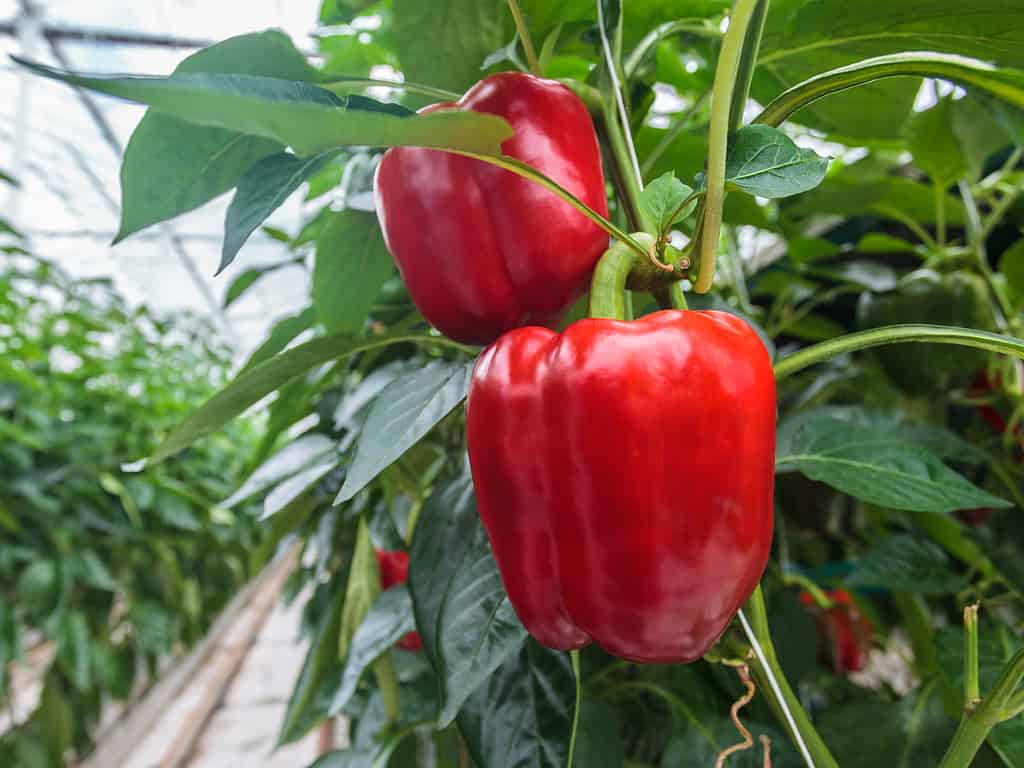
Since bell peppers do well in the sun, they are well-suited for the Arizona heat.
©iStock.com/DutchScenery
Bell peppers can thrive in the sun, provided that they get enough water and nutrients. To prevent them from getting sun scalded, you should pluck the first three flowers of your plant so that the plant’s focus and energy are invested in the growth and flourishing of the leaves instead. When the leaves have grown in abundance, they will shade the upcoming bell peppers from the scorching heat. Planting the bell pepper plants close together also helps protect the produce from the intense Arizona sun.
Moreover, you should take care of the soil, adding compost to it to keep the nutritional value high for your bell peppers.
3. Tomato
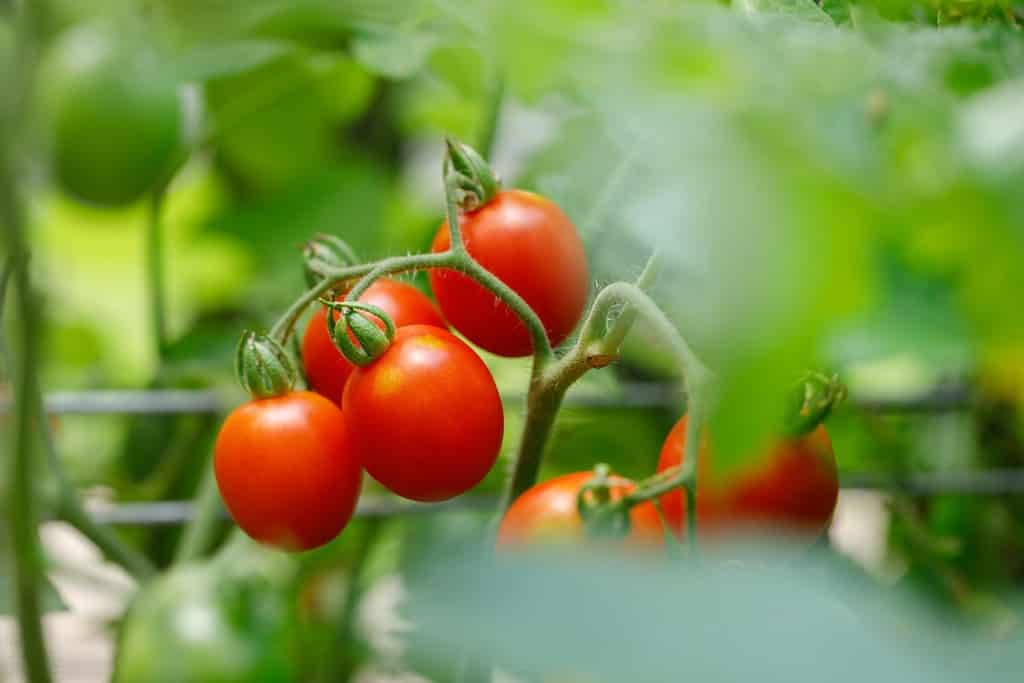
Another heat-loving vegetable is the tomato. But it is susceptible to sun scald, so provide it with some shade.
©eurobanks/Shutterstock.com
Tomatoes love the sun and can handle the heat, making it our third vegetable that can be grown successfully in Arizona. However, as always, remember that tomatoes are susceptible to sun scald, and once they get it, they get moldy and rot.
If you experience consistent hot temperatures and harsh sunlight, you can transport the tomatoes planted in pots to shade to prevent scalding. Tomatoes grown in the ground should be provided with temporary shade with a shade cloth to prevent sun scalding. You can also consider growing tomatoes on the trellis.
But to get the optimal results, you should wait till the harsh weather passes. In fact, most farmers in Arizona plant tomatoes at the start of the year and harvest them much earlier than other US gardeners.
4. Eggplant
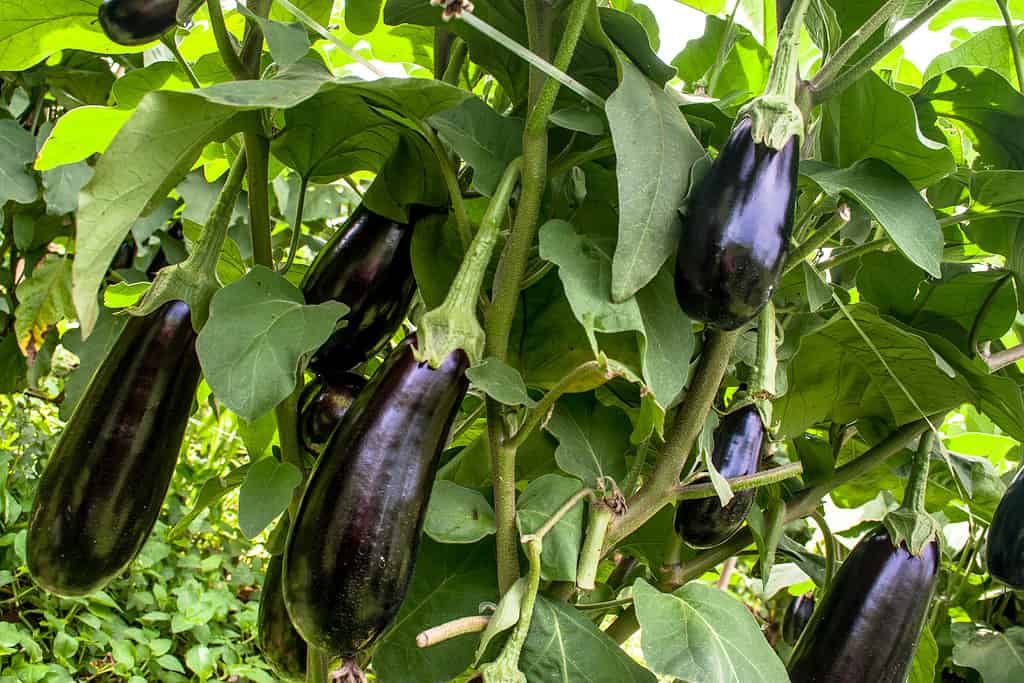
Eggplants are one of the best vegetables to grow in Arizona as they can withstand heat and sun.
©Alf Ribeiro/Shutterstock.com
One of the easiest vegetables to grow in the sun is eggplant. These vegetables can withstand heat and harsh climates. They can still get sun scald, of course, but you can prevent that by removing the first few flowers to allow the leaves to fully form before setting fruit.
You can also use white varieties of eggplant; their light color prevents sun scalding to some degree. They are ideal to grow in Arizona heat, but keep in mind that they are not entirely immune to heat. They can eventually get scald marks in the form of yellow spots.
5. Corn

Some varieties of corn have been grown in Arizona for centuries and are drought-tolerant.
©Photoongraphy/Shutterstock.com
Corn performs surprisingly well in the intense heat. Many varieties of corn are present in the USA and all over the world. These varieties have been grown by Native Americans for centuries because of their high productivity in Arizona’s semi-arid climate.
Try to find the most suitable and traditional varieties of maize. Though corn crops consume lots of water, the types grown here in Arizona have adapted to arid conditions. These types are more tolerant to drought and require full, bright sunlight for their growth.
Corn is pollinated by wind, so make sure you grow it in a 10×10 square foot plot at the very least, and make sure to keep adequate spacing. Any less and the crop will not pollinate properly, resulting in poor produce.
6. Okra

Thriving under full sun, okra is not only beautiful but also delicious.
©Hari Mahidhar/Shutterstock.com
Okra isn’t affected by the sun and is both disease and pest-resistant, making it one of the best vegetables to grow in Arizona. This vegetable will thrive under Arizona’s intense sun, but you will need to water them every few days. The best time to plant this vegetable would be in March, after which you can enjoy this nutritious snack through the summer.
And as a plus, Okra’s hibiscus-type flowers are a sight to cherish, too. They can add an element of interest to any garden.
7. Potato
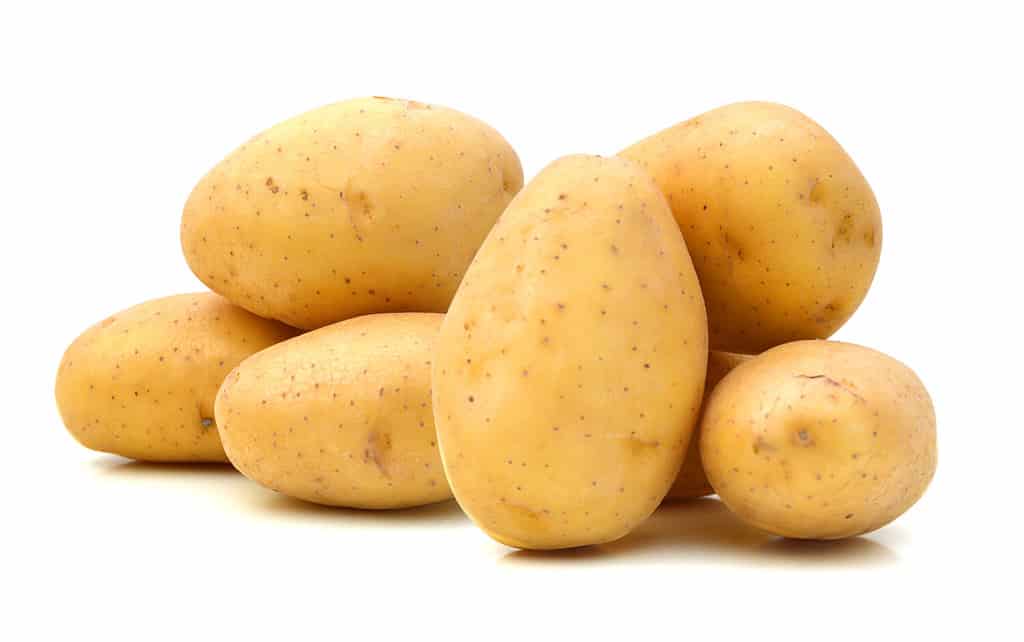
Potatoes can grow well in Arizona since they grow underground, not exposed to the sun.
©Hong Vo/Shutterstock.com
Yes, potatoes! Potatoes are one of the best vegetables to grow in Arizona because they grow underground. Since they are not exposed to the sun, they won’t get the dreaded sun scald! Although many potato varieties flourish in dry climates, you may still need to water it every now and then.
Since potatoes prefer cooler soil temperatures, make sure to mulch the plants to retain soil moisture and lower the soil temperature. To do this, you can mulch with straw, leaves, or other ground cover. Other than mulching and watering the soil, they don’t require much attention, making them a pretty low-maintenance choice for an Arizona vegetable garden.
8. Onions
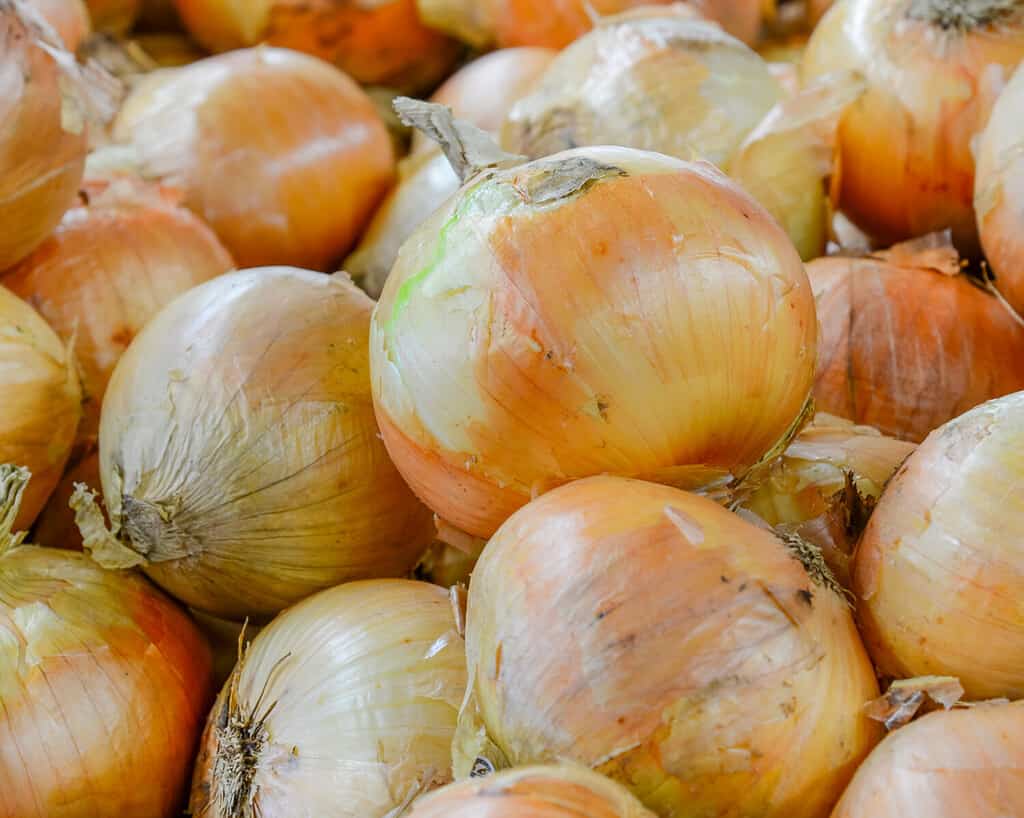
Plant onions in Arizona in September or October for best results.
©Trong Nguyen/Shutterstock.com
Pretty much every dish calls for onion, so planting onions in your garden can be beneficial to most home cooks. Thankfully, Arizona gardeners don’t have to miss out on this favorite vegetable. It’s best to start planting onions in Arizona late in the season, around September or October as seeds or in November as starter plants.
Since onions are bulbs and grow underground, they will be protected from Arizona’s intense heat. Opt for a short-day onion variety for Arizona’s climate, but whatever you do end up planting, it’s important that you water them well until you dry out the soil right before you harvest.
9. Radish

Radishes thrive in cooler weather, so make sure to plant them anywhere between September to March when the temperatures cool.
©Natallia Ploskaya/Shutterstock.com
Another cool-season crop you may consider planting and growing in Arizona is the radish. Make to grow radishes in weather less than 65 degrees for best results. In Arizona, this is generally from somewhere around September to March. But, of course, don’t take this as a hard and fast rule. If it’s too warm in September, wait until the temperatures drop.
One of the coolest things about radish is that it is fast-growing. In fact, you can generally harvest radishes in just 4 to 8 weeks.
10. Carrot

Carrots grow underneath the soil, so they won’t get the dreaded sun scald.
©Andrei Porzhezhinskii/Shutterstock.com
It should come as no surprise to you at this point that another good vegetable to plant in Arizona grows underground. And since carrots grow underneath the soil, they won’t get sun scald! Plus, carrots don’t mind the heat so much as long as you provide them with enough water.
While carrots are generally low-maintenance, the hardest part is to get them to germinate. Both the seeds and the soils need to be moist until they germinate, which can be difficult in the dry Arizona climate. After planting the seeds, cover them with a damp sheet so that they don’t dry out.
11. Cabbage
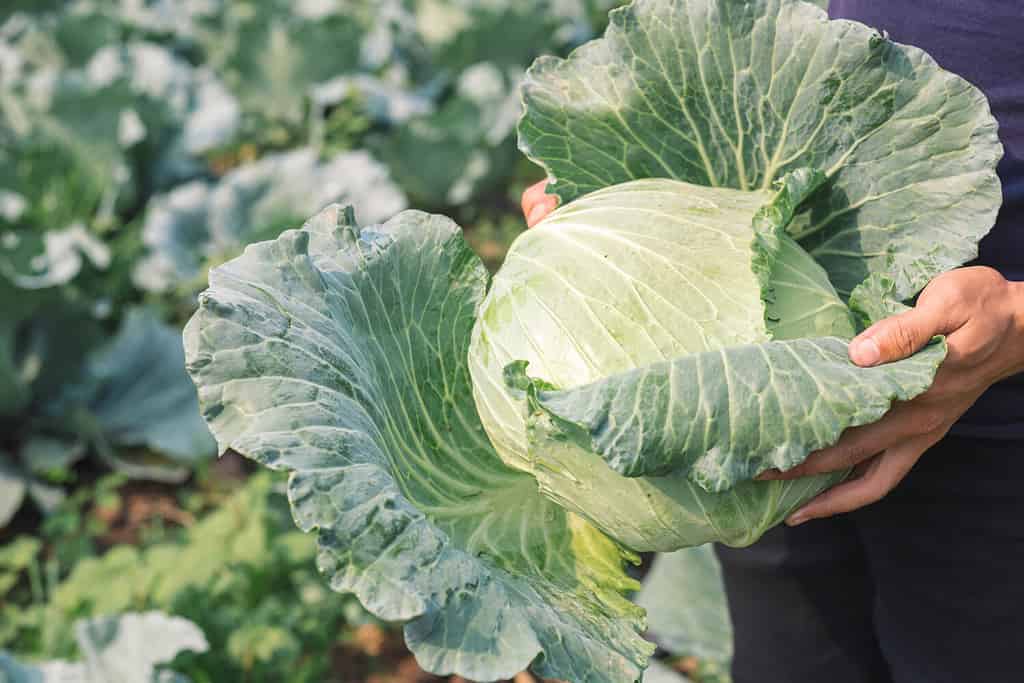
A cool-season crop, cabbage is best planted in Arizona between September and November.
©Parkin Srihawong/Shutterstock.com
Cabbage is a cool-season crop, so plant it in the fall between mid-September and November, or you can plant transplants between mid-September and January. Take care when growing cabbage in your Arizona garden, as too much frost and too much heat can cause the vegetable to split or bolt!
You’ll be able to harvest your cabbage within 120 to 130 days if planted by seed or 80 to 90 days if it started off as a transplant.
12. Armenian Cucumber
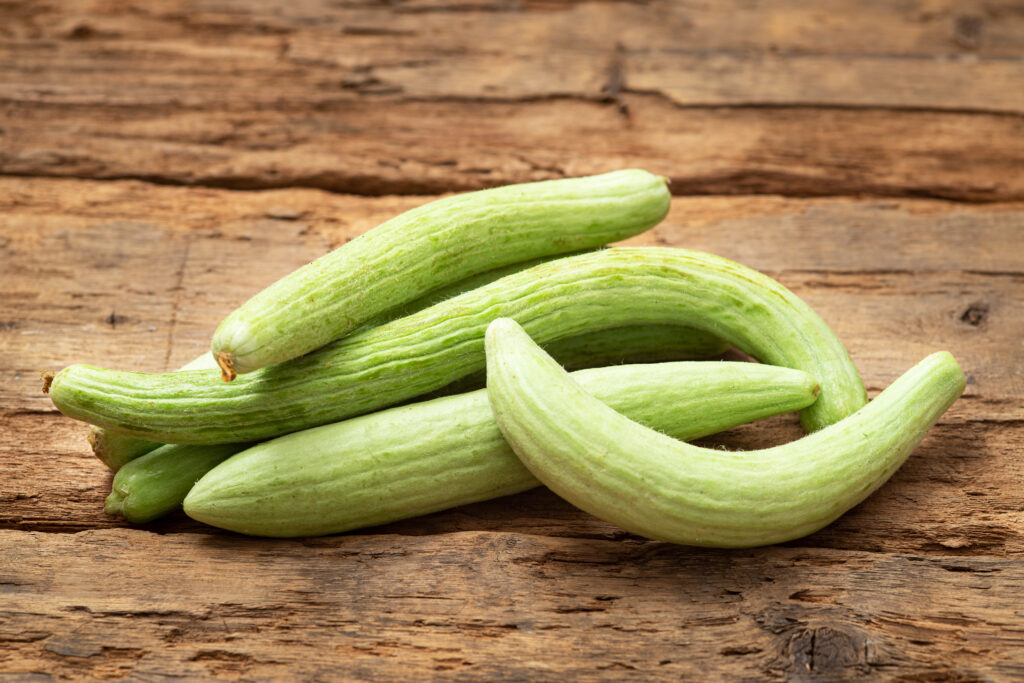
Tasting and looking like any old cucumber, Armenian cucumbers are well-suited to the Arizona climate.
©Viktoria Hodos/Shutterstock.com
Summer crops, like cucumbers, are a great addition to any Arizona garden. But if you’re looking for a specific type, check out Armenian cucumbers. While they are not technically cucumbers, they look and taste the same! But best of all, Armenian cucumbers thrive in hot desert regions like Arizona, making them the perfect vegetable to grow in the climate.
Plant the seeds outdoors in November and water them consistently. And within 10 weeks, you’ll be blessed with foot-long Armenian cucumbers. These vegetables are incredibly versatile and can make a great snack or an addition to cooked dishes as well. Alternatively, put it into your morning green shake.
13. Pumpkin
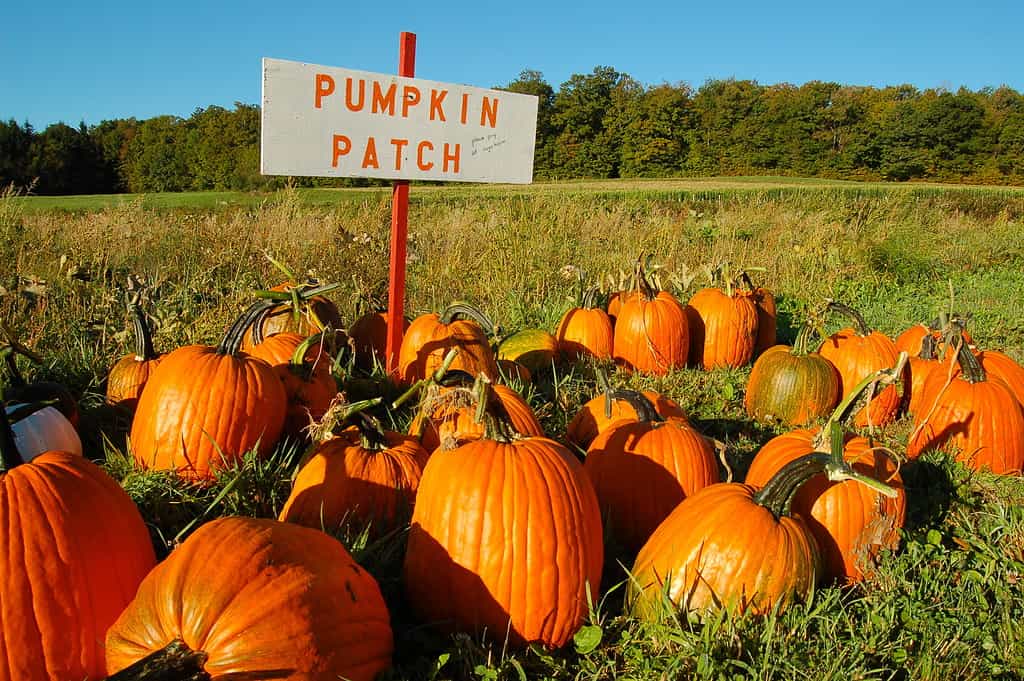
Pumpkins grow well in Arizona thanks to their huge leaf canopy, which protects the pumpkin from the sun.
©Local Favorite Photography/Shutterstock.com
One of the most rewarding vegetables you can grow in Arizona is the pumpkin. But before you commit to growing one, make sure you have enough space for its vines and huge canopy of leaves! The reason pumpkin grows so well despite the Arizona sun is due to the leaf canopy, which protects the pumpkin. Plus, pumpkins are less likely to develop sun scald as they are light in color and have a tough exterior.
And when the fall season comes around, the canopy of leaves will die back. But don’t worry, the sun won’t be as strong, and the sun’s rays can help the pumpkin to fully ripen!
14. Zucchini
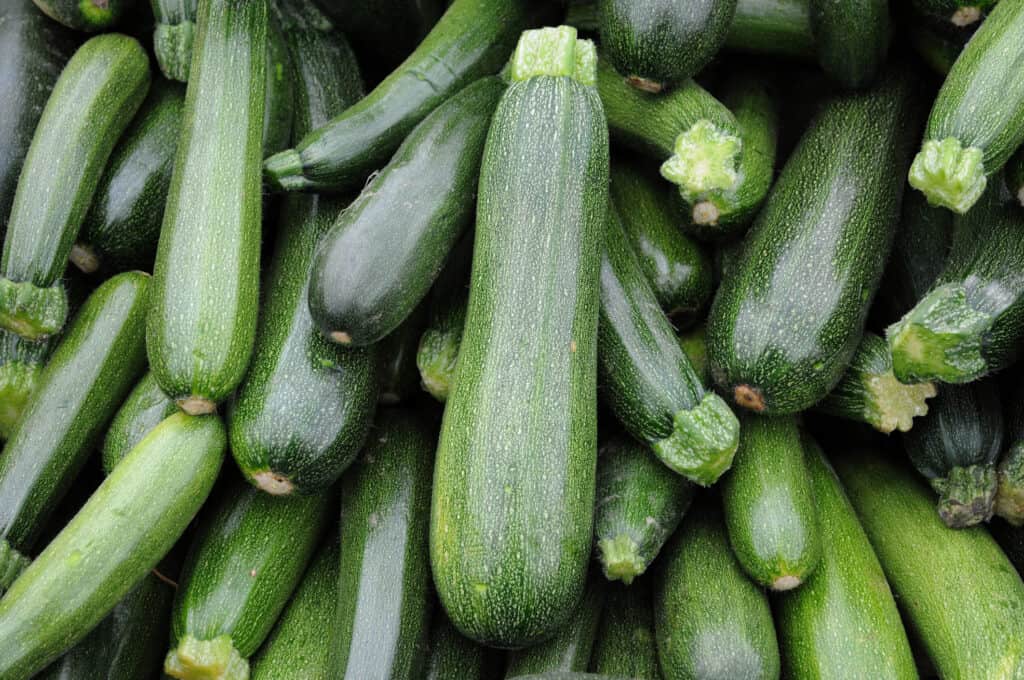
Zucchini is one of the best vegetables to grow in Arizona as they love the sun and heat.
©iStock.com/Pack-Shot
A favorite vegetable to grow in Arizona is zucchini. Zucchini is relatively easy to grow and loves the sun, thriving in the hot Arizona temperatures. Although they can develop sun scald, this is not generally an issue, as their huge leaves can help protect them. But if you do happen to have a zucchini with sun scald, just pick it out.
In the summer, you might notice the zucchini leaves starting to wilt, even when watered. But don’t worry! If the plant is healthy, the leaves will return to their normal state after the heat fades away.
15. Garlic
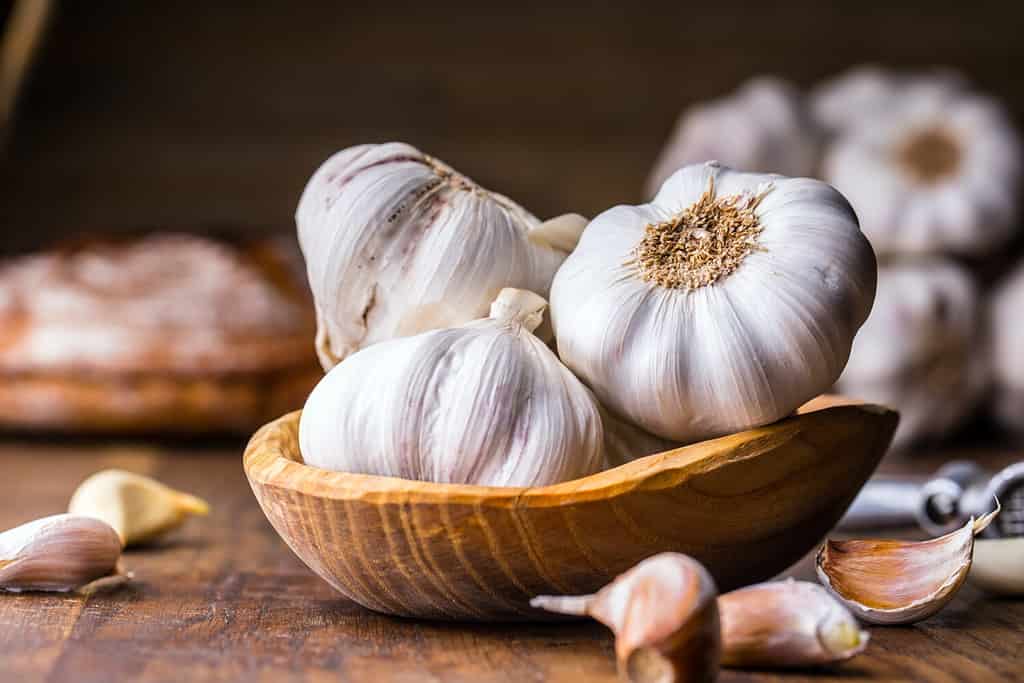
A kitchen staple, garlic is relatively easy to grow in Arizona, as long as you keep the soil moist and cool.
©Marian Weyo/Shutterstock.com
What vegetable patch is complete without garlic? A staple in many recipes, garlic is a must-have in an Arizona garden. However, no matter how small it is, garlic is actually pretty slow to mature, meaning you will need some patience. But the good news is that once you harvest, you can replant the cloves every year, ensuring a consistent harvest!
This vegetable does not mind the full and intense Arizona sun, but you will need to retain soil moisture and keep the soil temperatures down by adding mulch to the soil. This will also help protect the garlic bulbs from the Arizona sun. The best type of garlic for Arizona is one that is adapted to the local climate. Try to seek these varieties out at your local farmers’ market for the best results!
Growing Vegetables in Arizona
Gardening in Arizona is beneficial as you can grow crops all year round. Arizona also has abundant sunlight, which is crucial for all living beings, including vegetables. People usually think of a desert when they think of Arizona. Well… they are not wrong, as a huge part of the state consists of deserts. But still, Arizona exhibits diversity when it comes to climate. For example, the deserts in the south are one of the driest areas of the state, if not the whole country. And the higher terrain of the Colorado Plateau has some of the coldest climates.
USDA Hardiness Zones
To decide which crop to grow in your area, you need to use the USDA Hardiness Zone map. This map is created to guide the farmers to find the crops they can grow according to their local climate. Arizona has a huge range when it comes to USDA zones, running from 4b to 10b.
The coldest areas of the country, such as San Francisco Peaks, Mount Graham, and the White Mountains are in zone 4b, meaning temperatures drop to as low as -20°F to -25°F. On the other hand, most parts of Arizona are in zones 7 to 9. The low desert of the Phoenix Valley is in USDA zone 9, and the other outlying desert areas are between zones 8 and 9.
If you’re still not sure what USDA zone you’re at, simply enter your zip code and google your USDA zone.
The Growing Season
The growing season in Arizona works a bit differently than in other states. While most states have one growing season, in Arizona, you’ll find 3 “planting seasons”.
- Cool-season crops — September to March
- Warm-season crops — February to May
- Monsoon planting with increased rain — July to August
Another factor unique to Arizona that can affect your garden and crops is, of course, the sun and extreme heat. But there are some ways around it. You can overcome the intense sun and extreme heat by choosing a relatively shady location for your plants, providing mulch to keep the soil cool and wet, and allowing the leaves of your plants to grow large to provide natural shade for your vegetables.
Living in Arizona is no excuse for not growing your vegetables and missing out on such a productive and healthy hobby. Just make sure to do so after thoroughly researching your zone conditions and plant requirements for the best results!
Summary of the 15 Best Vegetables to Grow in Arizona
| Number | Vegetable |
|---|---|
| 1 | Chilli Pepper |
| 2 | Bell Pepper |
| 3 | Tomato |
| 4 | Eggplant |
| 5 | Corn |
| 6 | Okra |
| 7 | Potato |
| 8 | Onion |
| 9 | Radish |
| 10 | Carrot |
| 11 | Cabbage |
| 12 | Cucumber |
| 13 | Pumpkin |
| 14 | Zucchini |
| 15 | Garlic |
The photo featured at the top of this post is © iStock.com/Wirestock
Thank you for reading! Have some feedback for us? Contact the AZ Animals editorial team.







